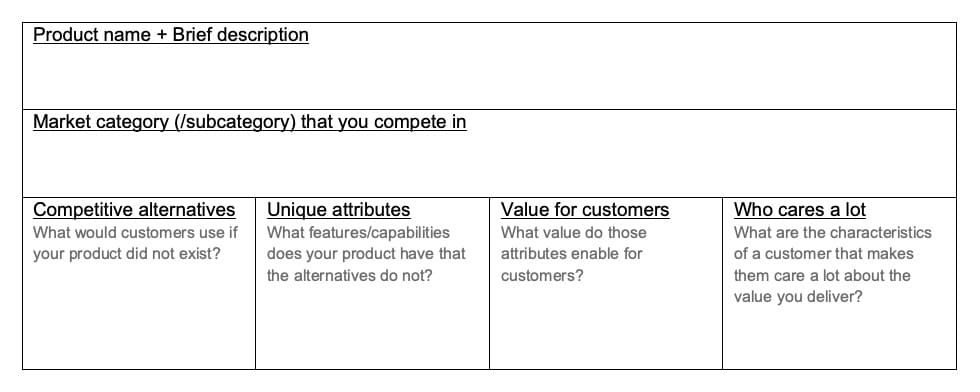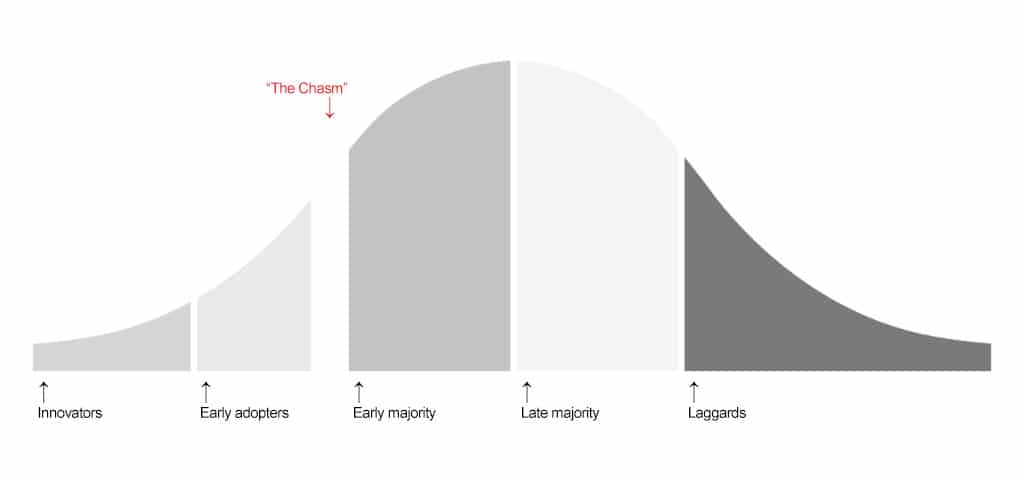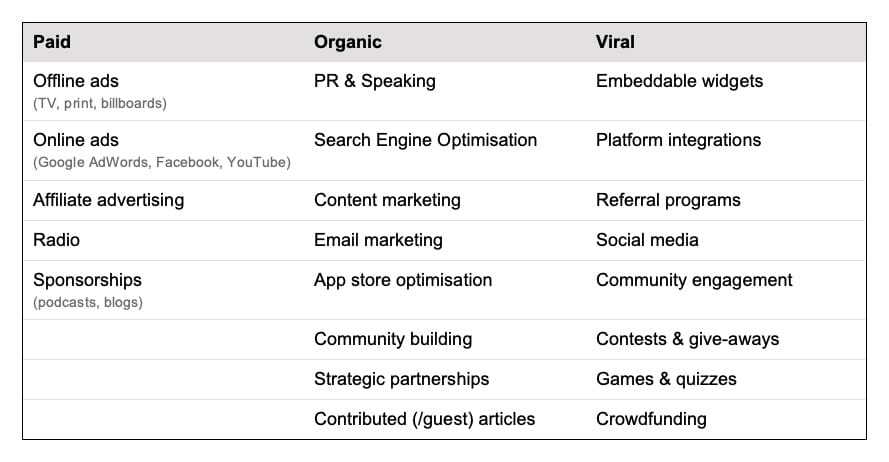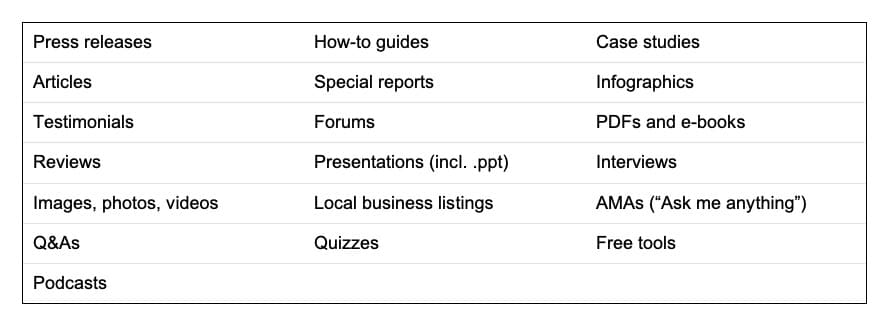Digitalisation “how to” (4/6): Go to market
“Most startups don’t fail because they can’t build a product. Most startups fail because they can’t get traction.” (G. Weinberg & J. Mares, Traction) Although this explicitly refers to startups, it is just as valid for any digitalisation project: a great product is not enough, as it usually can’t sell just by itself; one needs to actively bring users/clients on board in order to get from zero to booming.
So, how do you go to market with a digital product? There are many possible frameworks, starting from sales and distribution, going deep into marketing, and ending with advertising.
From 30 years experience in software, we see go to market activities consolidating into several threads:
- Because digital products/services are novelties, they need their value proposition to be supported by clear positioning and communications. (See our previous article Digitalisation “how to”: create, evaluate and manage digital value (2/5); and see below: Positioning)
- The markets are usually fragmented, and not all potential clients are ready to buy at your launch. The technology adoption lifecycle helps understanding (and approach) the various client types, according to your strategy and timeline. [See below: Technology adoption lifecycle]
- A good strategy is only helpful when combined with the right tactics. [See below: Tactics]
1. Strategical points
Considering the infinity of digital products, solutions and platforms already available in the wild, where does one even start when it comes to bringing a digital product to market? Should you (/could you) try reaching to everyone who is a potential client/user? Although tempting, “everyone can be a user, so we can sell to everyone” is probably the worst approach – you definitely can’t be everything to everyone.
1.1. Positioning
One of the first steps, when launching innovative digital products, is to make it clear what the product is. For yourself, the cool new product is straightforward, but clients might not get it from the very beginning. Their lack of understanding of what you’re selling can result in weak sales and marketing, high client churn, and/or price pressure.
Meet positioning: “the act of deliberately defining how you are the best at something that a defined market cares a lot about.” (April Dunford, author of Obviously awesome) Positioning is the intersection of your digital product, its category, perceived value, and clients.
In order to define your positioning, several elements need to be clarified first:
- The competitive alternatives: what your potential clients currently use (i.e., without your product on the market). For example, in business software, it can be MS Office and/or manual processes.
- Your product’s unique functions / features / attributes: can be either strictly product-related (e.g., only your tablet can do LiDAR scanning), or a result of your business model (e.g., only your platform integrates with all payment processors).
- The client benefits resulting from your unique qualities, ideally confirmed by objective third parties.
- The market category provides a frame of reference for your customers and builds a set of assumptions regarding expected functionalities, pricing, etc. For example, if you’re in the CRM space, you might want to avoid being positioned against Salesforce.
- Relevant trends can help clients understand why your digital product/solution is important precisely now. Think about blockchain, AI, AR/VR – and the associated sense of urgency and importance.
Once these elements are clear, you can decide upon a specific positioning strategy, such as:
- Head-to-head: realistic if you already are the market leader, and “only” digitalising your product(s). You don’t need to explain what your offering is, but you might have to wrestle with clients’ assumptions about its digital version and fight off new (digital-based) competitors.
- Big fish, small pond: it is much easier to dominate a niche than the whole market. It makes sense when some clients’ needs are not addressed by the existing providers.
- Create a new game: change the rules and ignite new demand. Customers will need to understand why the whole category is unique and valuable, which can be very hard (and mostly long-term). If you succeed in pulling it off, the results can be massive.
1.2. Technology adoption lifecycle
When bringing to market an innovative digital product, special attention goes to target customers and their technology buying behaviours.
You are probably familiar with the technology adoption lifecycle:
In order to find success on the market, a digital product first has to appeal to Innovators and Early adopters. Later on, when scaling, a market’s big volumes will come from the Early- and Late majorities. Eventually, Laggards will help to reap the most benefits from technologies that -by then- have been fully optimised and amortised.
For the purpose of this article, let’s quickly look at the first two groups, their interests, and their behaviours:
- The innovators are always in search of new technology products. Although there are not many innovators on the market, winning them helps to bring endorsements, which in turn helps to reassure the further groups on the market.
- The early adopters come second-earliest in a digital product’s life cycle. They are usually not technologists but appreciate and understand technology as a source of competitive advantage. For the early adopters, a fully developed product might not be needed, because the overlapping with their own needs is still to be clarified.
This may sound intuitive, but in practice, there are several scenarios that can make it complicated for your digital product to fully reach the early markets:
- No expertise in bringing a digital product to market – resulting in insufficient capital, inexperienced sales/marketing people, inappropriate distribution channels, wrong promotion, etc.
- Selling the vision before having the digital product – can get you pilot projects, but everything can collapse if the product doesn’t keep developing, or if deliveries don’t keep up.
- Can’t make the jump from innovators to early adopters – usually because no usage cases are articulated to provide benefits for the bigger group. (See also Positioning above.)
2. Tactical steps
Now that you developed the perfect strategy, how do you actually bring clients on board? Let’s touch into Ellis & Brown’s Hacking growth framework:
Targets: the starting point is to understand where you need to focus – i.e., what are the most important metrics for your customer acquisition. One way to do it is to determine your digital product’s “growth equation”.
For Amazon, for example, this equation can look like this:
Vertical expansion
x Product inventory per vertical
x Traffic per product page
x Conversion to purchase
x Average purchase value
x Repeat purchase behaviour
= Revenue growth
In some cases (such as Amazon), this can get pretty complex – but working on each item of the equation should improve the total. However, for most products / market categories / business models, better results can come from focusing on a single / few key metric(s) – say, “product inventory”, or “traffic per product page”.
Channel fit: there are also many tools and places to reach potential clients, and they can range from paid, to “organic”, to “viral”.
Each problem has a solution: depending on the problem at hand, try experimenting with the most appropriate channel(s), for example:
- Do people search online for solutions? (Google etc.) → Search Engine Optimisation (SEO) or Marketing (SEM)
- Do existing users share your product? (word of mouth) → Virality or referral programs
- Is the overall experience improved by having more users? → Virality
- Do the potential clients already use a different platform? → Integrations and partnerships
- Do they have a high lifetime value? → Paid acquisition
Conclusion
It is so important, that we need to state it twice: Just having a great digital product/solution is not enough. You will need to take active steps when it comes to:
- positioning (setting yourself against the market / category),
- understanding the potential clients and their importance along the technology adoption life cycle,
- adopting the appropriate tactics (e.g., channels, content) to help you get traction.
The bad news? Especially with innovative digital products/solutions, probably no one went to market before, so there are no clear guidelines.
The good news? Probably no one went to market before, so the clients don’t expect much, and you have a lot of freeway to experiment.
Good luck, and godspeed!
_
Feel like sharing your own digitalisation experiences? Please get in touch!




